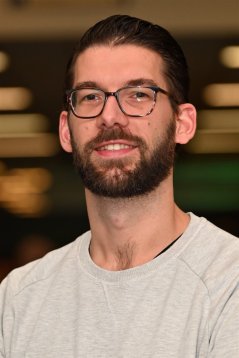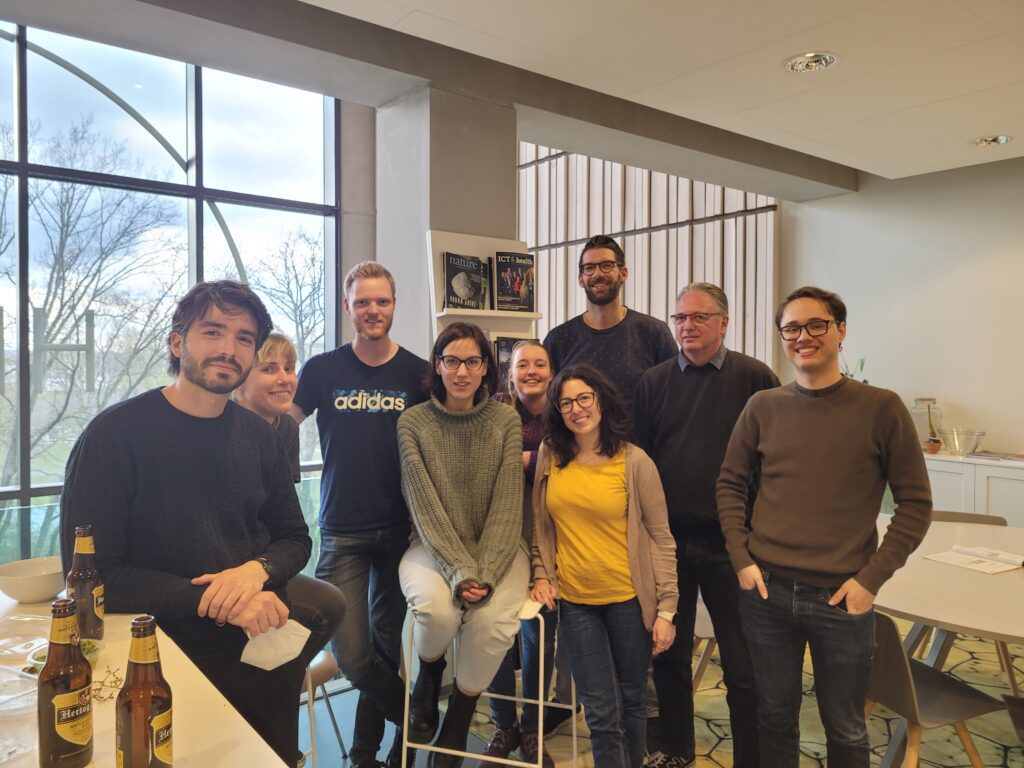I am working in crystallography for over 40 years. I came to our lab (Laboratorium voor Kristalchemie) in 1977 as a student and worked on solving carbohydrate crystal structures with Jan Kanters. We continued this work in my PhD (1980-1985, Prof. A.F Peerdeman), when I got also interested in modelling, both with quantum chemical methods and molecular mechanics/dynamics. After my PhD, I continued working on carbohydrates and in particular on cellulose, derivatives and wood fibers with my husband Jan Kroon (then the professor of our group), with whom I did many projects financed by industry (AkzoNobel), Economic Affairs (IOP-K and EET), EU-FAIR and STW (Fig. a&b). I was a post-doc during more than 15 years (impossible these days!), but I did not mind: we were always successful in getting grants for interesting projects and I was very happy to stay with Jan in his lab. That situation changed completely when Jan died unexpectedly in 2001. Piet Gros took over the lead of the group who already transformed it into a protein crystallography lab. I was appointed assistant professor, not without the help of the dean of chemistry, Prof. J.F.G Vliegenthart, in 2003. My research changed to methods developments in data processing, an area that I already became interested in because of my work on fiber diffraction. More recently, I became interested in diffuse scattering in both chemical and macromolecular crystallography (Fig. c). I have been active in the Diffraction Data Deposition Working Group (DDDWG) of the IUCr (International Union of Crystallography) from 2011 onward, and which now turned into a standing committee CommDat. We are setting up a new section in IUCrData: the Raw Data Letter, with the aim describing interesting, unusual, intriguing or complicated diffraction data, that could be a challenge for methods or software developers, but also for creating visibility of the data, which should be deposited in an archive with a persistent identifier (e.g. a DOI). More news on this will follow in future News Letters.




